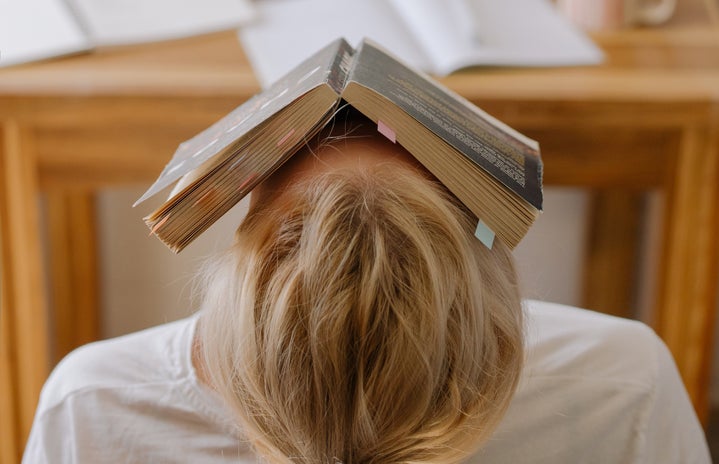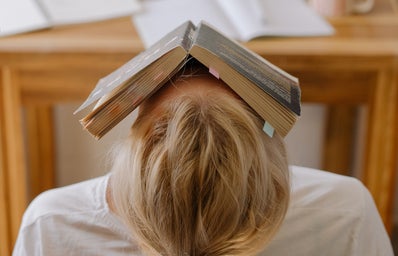With the school year coming to an end, finals season begins and can be a stressful time for many. The overload of work for students can cause sleepless nights and skipping meals to study. Many students cram the library and study rooms with anxiety and overwhelming pressure to pass, from final presentations to papers to exams. Although there is no cure or end-all solution to stop stress entirely, there are relaxation techniques that one can incorporate before, during, or after an exam or project to not only manage stress but improve productivity and mood.
As a current undergraduate student, I can empathize with how stressful finals season can be. After my first semester of college, I took a stress management class (shoutout to Dr. Frierman!) at Hofstra University [HPR 069] during my January break. This course has taught me that I can control my finals stress and its accompanying side effects with a combination of these four relaxation techniques.
The first technique that I learned over the weeks was progressive muscle relaxation. This exercise allows us to distinguish the difference between tension when we inhale and the lack thereof when we exhale while working with major muscle groups. From curling your toes to raising your shoulders during the inhale and going limp during the exhale, this full-body “tension and relaxation” technique will ease any strain or posture pain during studying.
The second technique is called “relaxation response,” and it is a more mental strategy to combat stress. It involves concentration and a passive attitude, so a quiet environment is best for better results. Sitting in a relaxed position for about 10 minutes with your eyes closed and mentally repeating a comforting mantra/prayer as you take deep breaths, such as “I deserve to live with ease” or words like “love” and “peace.” This brief meditation prompts a relaxation response so that one can work more productively rather than be consumed with stress.
The third technique is called yogic breathing and follows a 1:4:2 ratio to take the focus off your stressor to control your breathing. It is simply a measurable version of a deep breath to pace yourself. It consists of inhaling for one count (4 seconds), holding it in for four counts (16 seconds), and exhaling for two counts (8 seconds). This style of breathing slows down the heart rate and helps clear the mind.
The last technique is visual imagery, similar to the “relaxation response,” as it adopts a mental model of coping by envisionment. In this method, you need to be in a quiet, comfortable spot, close your eyes, and take deep breaths. Simultaneously, imagine a peaceful scene and fixate on the sensory details like the smell of the beach or the sound of rain as you walk through the stress-free environment.
In addition to prioritizing your well-being with getting a good night’s sleep and eating a balanced diet, identifying and healthily responding to your stressors is equally essential. These stress techniques can be utilized in and out of the classroom with any daily stressors, so feel free to experiment with any of them to see which one(s) are most effective for you.
With more help on stress management strategies and any inquiries about mental health, please consult your campus’ student counseling services. For Hofstra students, please visit Student Counseling Services located in the Wellness and Campus Living Center.




